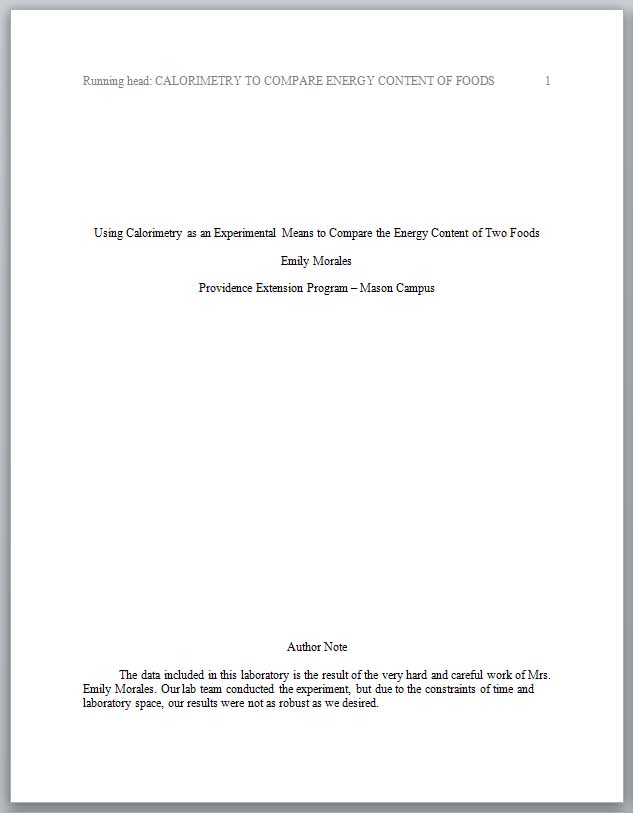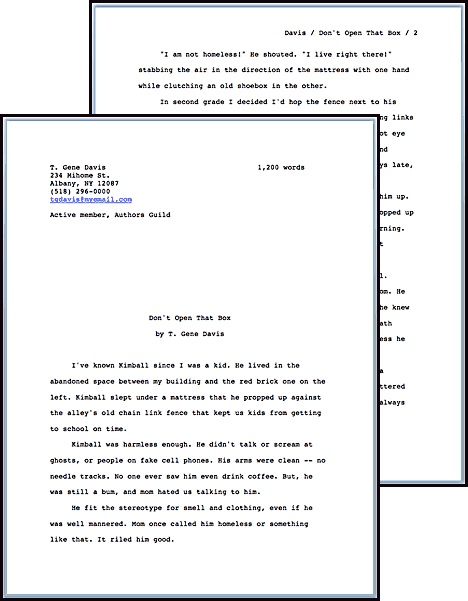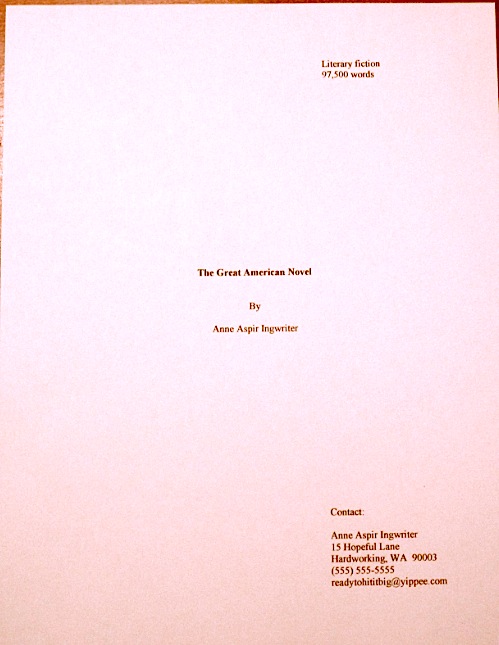

Highlights: Organized into the following two sections: Key Finding (maximum 50-word summary of the study’s most important result, expressed using concrete data) and Importance (maximum 25-word summary of the importance of the provided key finding).Ībstract: Maximum 350 words, organized into the following six sections: Background, Objective, Evidence Acquisition, Evidence Synthesis, Conclusion, and Clinical Impact. The manuscript is organized into the following four major sections: Introduction, Evidence Acquisition, Evidence Synthesis, and Discussion. Articles should follow the PRISMA-Diagnostic Test Accuracy reporting guidelines, ensuring that the expected reporting items are included in each section of the Abstract and main text. Investigation of a defined clinical question based on a selection and synthesis of the available evidence, possibly with a statistical summary to aid the content synthesis. Supplemental Content allowed for additional description of methods, as well as for tables and figures beyond the maximums for the primary article (see below regarding submission guidelines).

Maximums: 4500 words (Introduction through Discussion) 50 References (100 for articles in Evidence Synthesis and Decision Analysis section) 5 Tables 7 Figures (15 total Figure parts) Highlights: Organized into the following two sections: Key Finding (maximum 50-word summary of the study’s most important result, expressed using concrete content) and Importance (maximum 25-word summary of the importance of the Key Finding).Ībstract: Maximum 350 words, organized into the following six sections: Background, Objective, Methods, Results, Conclusion, and Clinical Impact.

Authors are also referred to the AJR Author Guide for Original Research for further guidance regarding this article type. The manuscript is organized into the following four major sections: Introduction, Methods, Results, and Discussion. Hypothesis-based investigation that attempts to provide strong evidence as to the validity of the hypothesis. The Editor-in-Chief will issue the final acceptance for all articles.Ī-Word count is exclusive of abstract, references, table legends, and figure legends.Ĭ-Maximum of 1000 words if submission includes a table or figureĮ-In addition to references to the article being discussed and the letter if a replyį-Must be a medical student, resident, or fellow A comprehensive technical check to ensure compliance with journal guidelines will be performed when a revision is requested from the authors. External reviewers will be provided a 10-day window to complete their review to facilitate a rapid decision. The editorial board may render a final decision based on its evaluation of the submission or choose to send the paper for external peer review using a double-blind review process. Manuscripts will be evaluated with respect to novelty, impact, rigor, and suitability of the material for the journal's general radiology audience. Submitted articles will first be assessed by editorial board members. Studies should be relevant to radiologists' clinical practice.

The journal publishes a variety of article types, including original research, reviews, and editorials. The AJR publishes high-quality clinically oriented articles in all radiology subspecialties. Please see description of recently introduced article type Research Letter, which replaces the prior article type Short Report.


 0 kommentar(er)
0 kommentar(er)
